Estonia travel tips
Estonia travel tips: A Baltic gem, boasts medieval charm, digital innovation, and stunning landscapes, blending history with a modern, tech-savvy allure.
Counties 🌎
Estonia travel tips. Here is a list of all the counties of the Estonia.
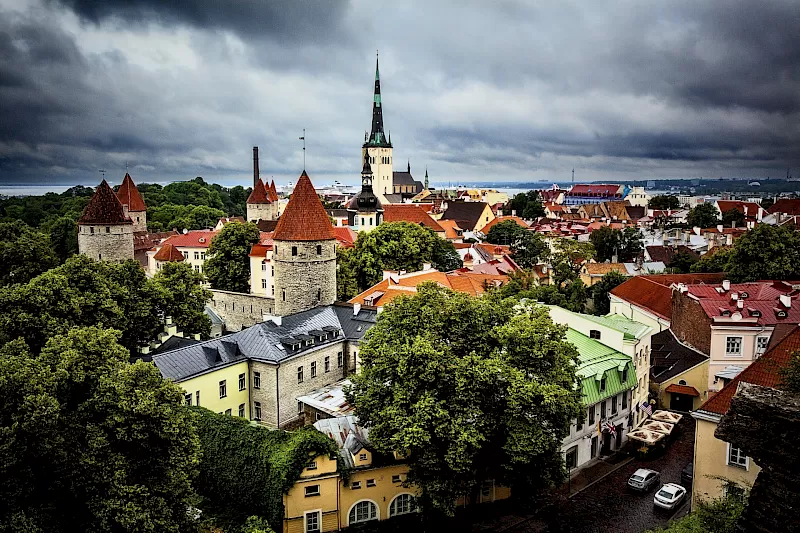
Harju

Hiiu

Ida-Viru

Järva

Jõgeva
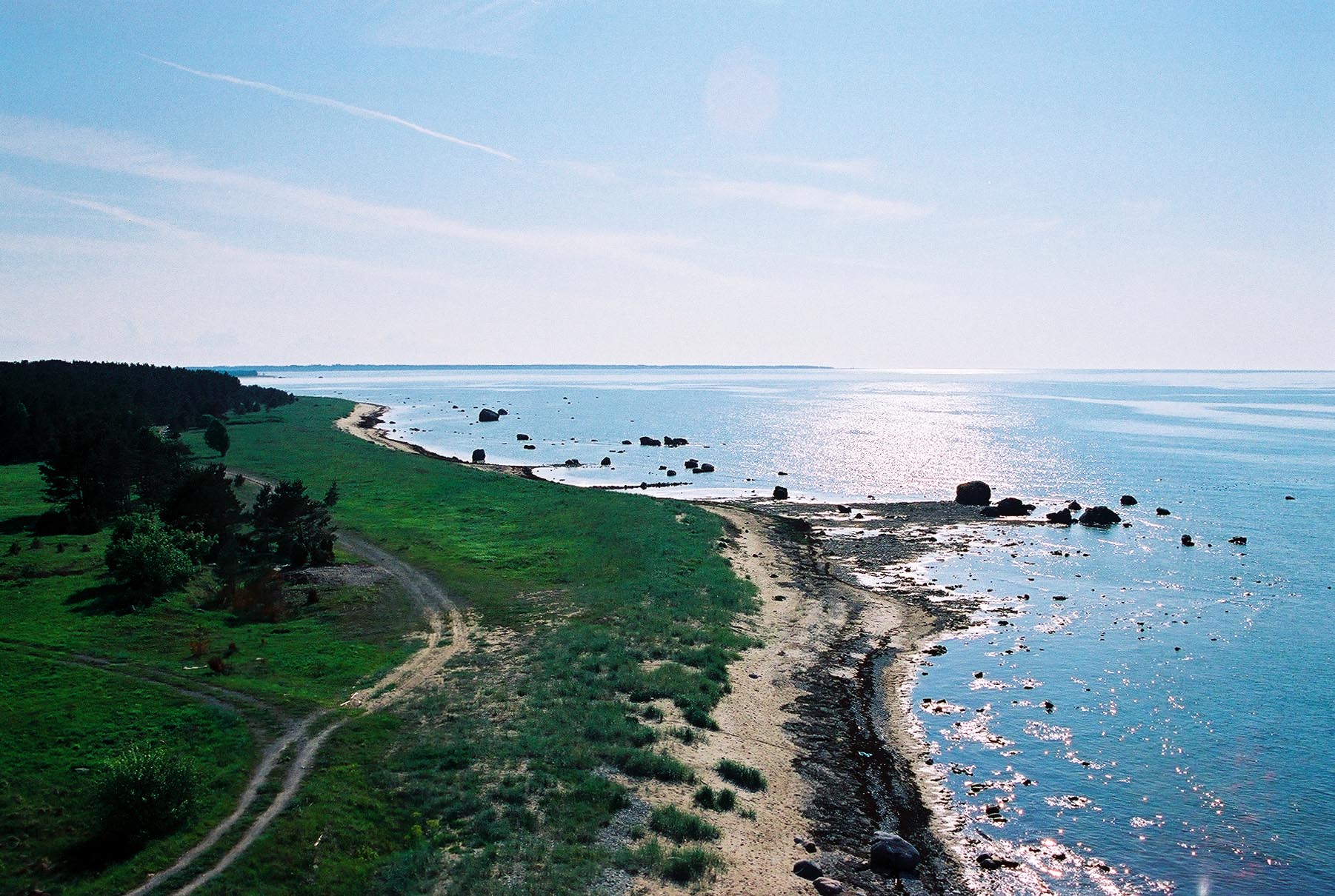
Lääne

Lääne-Viru
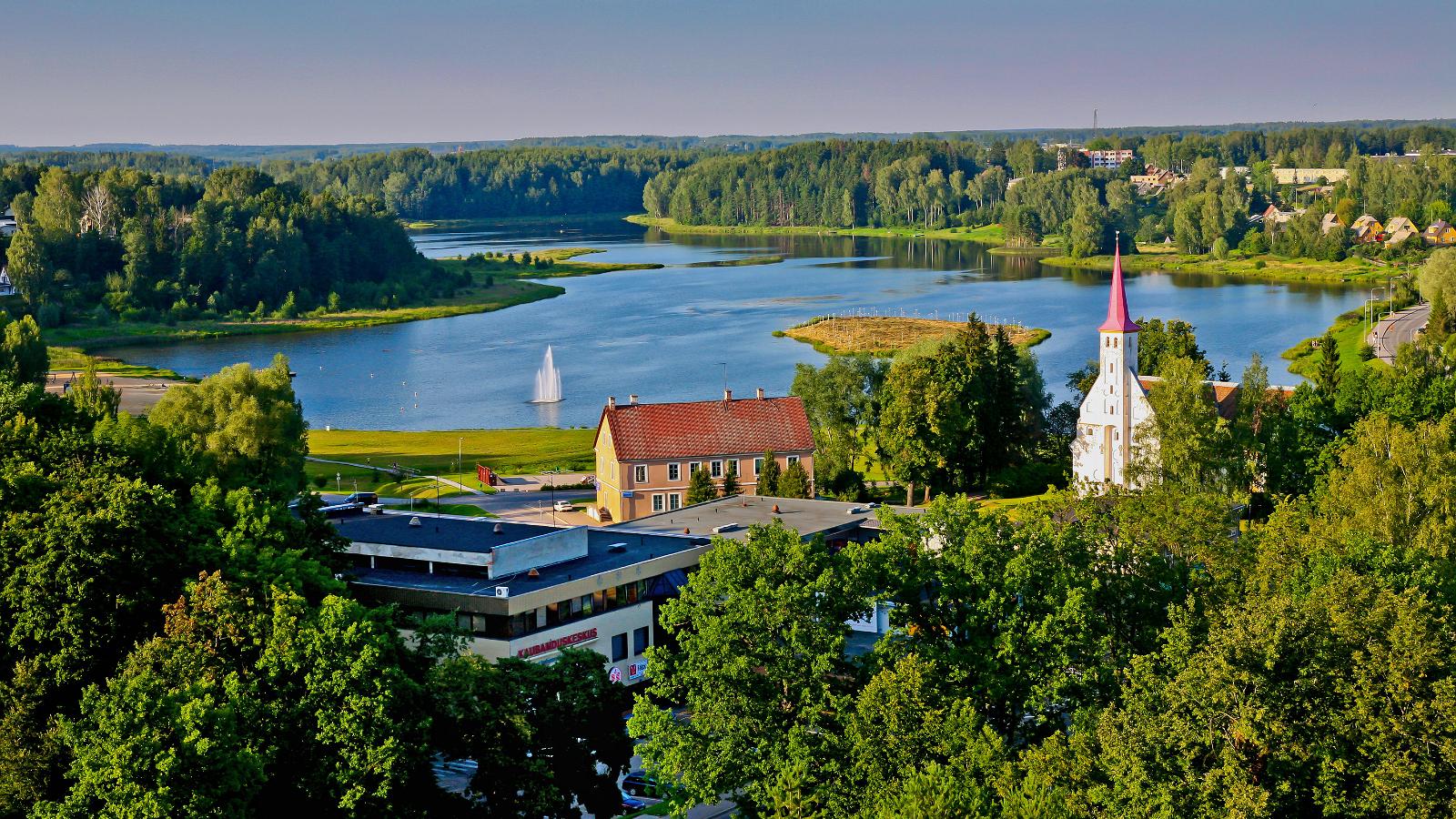
Põlva

Pärnu

Rapla

Saare

Tartu

Valga

Viljandi

Võru
Before you go 🛩
Important information you should know before your trip
Info

Capital | Tallinn
Flag Codes:
ISO alpha-2 EE,
ISO alpha-3 EST
Currency
Badge | Euro
CODE | EUR
NUMBER | 978
SYMBOL | €
FRACTION | Penny
Mobile Coverage
Dialing Code | +372
SIM Card
Coverage | 3G / 4G / 5G |
Mobile Networks | Elisa | Tele2 | Telia |
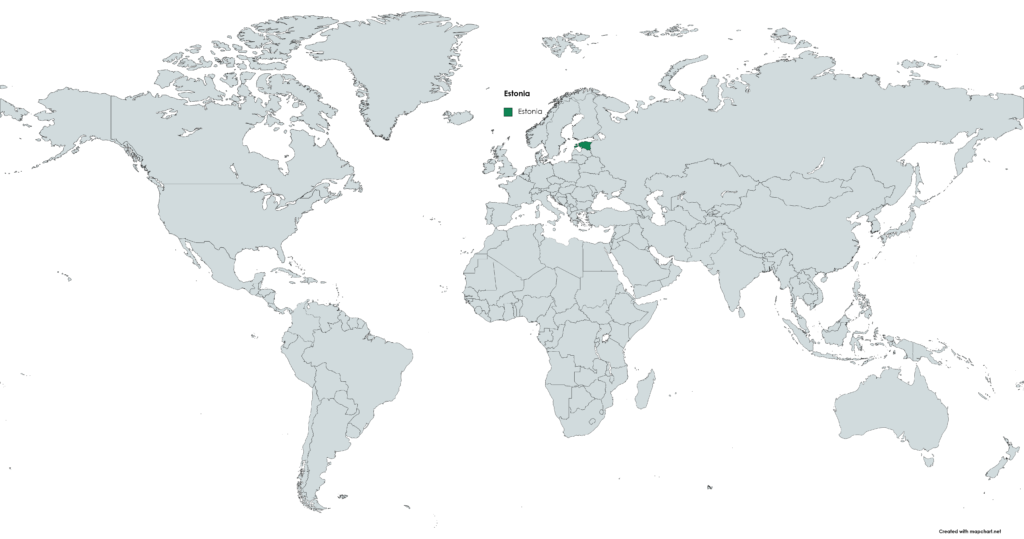
Location
Estonia is a country located in Northern Europe. It is situated on the eastern coast of the Baltic Sea and borders Russia to the east, Latvia to the south, and Finland across the Gulf of Finland to the north. The country’s geographic coordinates are approximately between 57.5° and 59.5° North latitude and 21.5° and 28.2° East longitude. The capital city of Estonia is Tallinn, which is located on the northern coast of the country.
Currency
The Estonian currency is the Euro (EUR). Estonia adopted the euro as its official currency on January 1, 2011, replacing the Estonian Kroon (EEK).
Languages
The official and main language of Estonia is Estonian. It is a Finno-Ugric language belonging to the same language family as Finnish and Hungarian. Estonian is the mother tongue of the majority of the Estonian population and is spoken throughout the country.
In addition to Estonian, Russian is also spoken in some parts of Estonia, especially in the Ida-Virumaa region, where a significant Russian-speaking minority lives. Russian is the mother tongue of around 30% of the Estonian population and is used as a secondary language in some areas of public life, such as education and the media.
Climate 🌡
Estonia has a temperate climate with distinct seasons. Here are the general characteristics of Estonia’s climate:
Summers (June to August): Summers in Estonia are generally mild and relatively short. The average temperatures range from 15°C to 25°C (59°F to 77°F). July is the warmest month of the year. The country experiences long daylight hours, with the famous phenomenon of “White Nights” occurring in the northern parts of Estonia.
Autumns (September to November): Autumn in Estonia is characterized by gradually decreasing temperatures and changing foliage colors. September and October still offer relatively mild temperatures, ranging from 10°C to 15°C (50°F to 59°F). November brings cooler weather, with temperatures dropping to around 0°C (32°F) or slightly below.
Winters (December to February): Winters in Estonia are cold, with temperatures often dropping below freezing. The average temperatures range from -5°C to 0°C (23°F to 32°F). Snowfall is common, especially in the northern and central parts of the country. In some winters, temperatures can drop significantly lower, accompanied by strong winds.
Springs (March to May): Springs in Estonia are characterized by a transition from winter to milder weather. March and April can still be cold, with temperatures ranging from -5°C to 5°C (23°F to 41°F). As spring progresses, temperatures gradually rise, and May sees average temperatures of around 10°C to 15°C (50°F to 59°F).
It’s important to note that weather conditions can vary from year to year, and extreme weather events are possible. It’s advisable to check the weather forecast before your trip and pack accordingly.
Estonia travel tips
Traveling to Estonia can be a unique experience filled with history, nature, and modern innovations. Here are some travel tips for your visit to Estonia:
Digital Society:
Embrace Estonia’s digital culture. Use the e-residency program for secure online services and explore the digital ID system.
Old Towns:
Wander through the charming medieval Old Towns of Tallinn, Tartu, and Viljandi. Enjoy cobblestone streets and historic architecture.
Saunas:
Experience traditional Estonian saunas. It’s a cultural activity and a great way to relax, especially in the colder months.
Safety:
Estonia is generally safe, but exercise common travel precautions. Take care of your belongings, especially in crowded areas.
Transportation:
Use efficient public transportation, especially buses and trams. The country’s compact size makes it easy to explore different regions. View Guide.
Culinary Delights:
Try traditional Estonian dishes like kama, sült (head cheese), and kiluvõileib (sprat sandwich). Visit local markets for authentic flavors.
Island Adventures:
Explore Estonia’s islands, such as Saaremaa and Hiiumaa, known for their unique landscapes and historic sites.
Enjoy your time in Estonia!

The best of the best
Estonian cuisine is influenced by its neighboring countries, such as Russia, Finland, Sweden, and Germany, while also showcasing its own unique flavors and traditions.
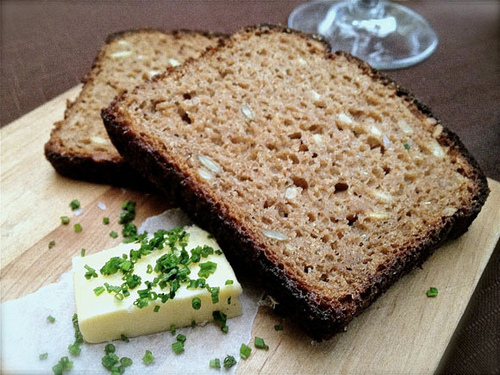
Black Bread (Leib)
Estonians have a long-standing tradition of baking rye bread, often known as black bread.
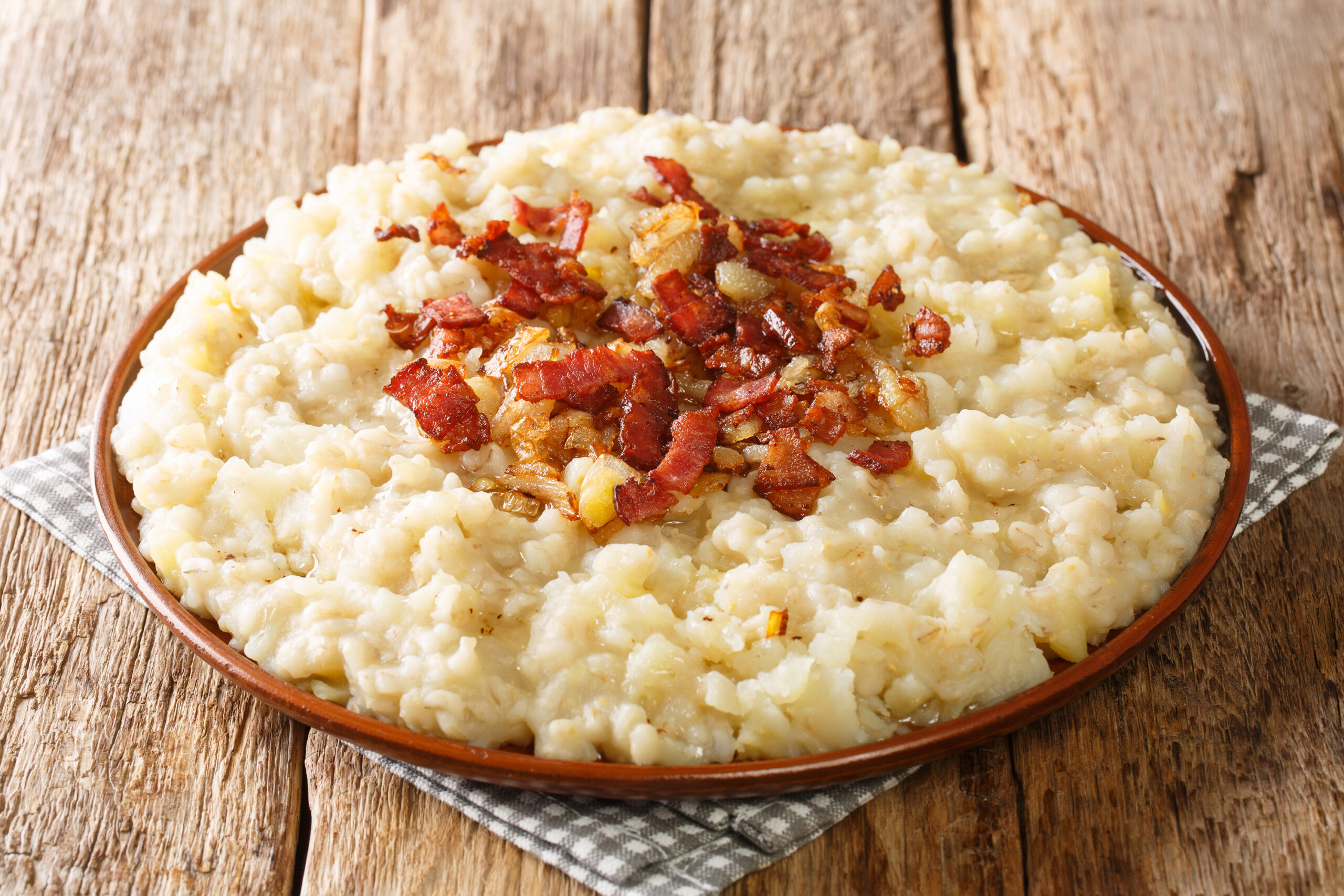
Mulgipuder
This traditional Estonian dish is a combination of mashed potatoes and groats, typically barley or buckwheat.

Kringel
Kringel is a traditional Estonian sweet pastry similar to a braided cinnamon roll.
Here are some typical foods and dishes you can find in Estonia:
Smoked Fish: Due to Estonia’s coastal location, smoked fish dishes are popular. Smoked herring (räim) and smoked eel (angerjas) are commonly enjoyed.
Pickled Foods: Pickled cucumbers (hapukurk) and sauerkraut (hapukapsas) are common accompaniments to meals in Estonia. They provide a tangy and refreshing flavor.
Estonian Meat Dishes: Traditional meat dishes include dishes like verivorst (blood sausage), sült (jellied meat), and seapraad (roast pork). These dishes are often served with potatoes and sauerkraut.
Kama: Kama is a traditional Estonian dry flour mixture made from roasted barley, rye, oat, and pea flour. It is used to make a porridge-like drink or as an ingredient in desserts and pancakes.
Kvass: Kvass is a fermented beverage made from rye bread and flavored with fruits, herbs, or spices. It has a slightly tangy and refreshing taste and is popular in Estonia.
Estonian Cheese: Estonia produces a variety of cheeses, including the well-known Oltermanni cheese and the sweet and mild Kasseri cheese.
Vastlakukkel: Vastlakukkel is a sweet bun filled with whipped cream and often enjoyed during the traditional Estonian holiday of Vastlapäev (Shrove Tuesday).
The country also offers a range of modern and international cuisine options in its restaurants and cafes.
Transportation 🚥
More information about this country
Choose your destination 📍🗺
Useful Links ✅



